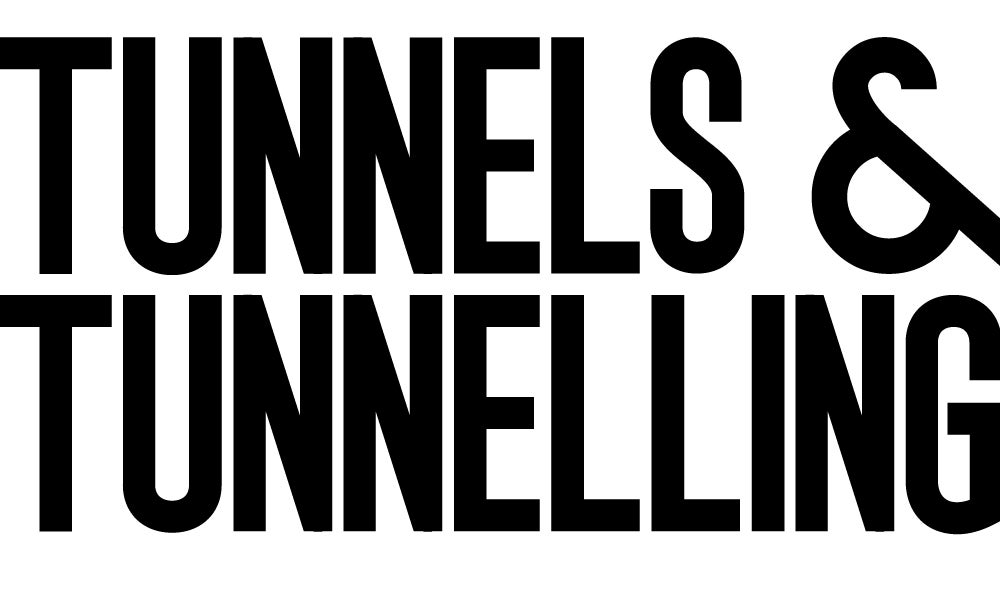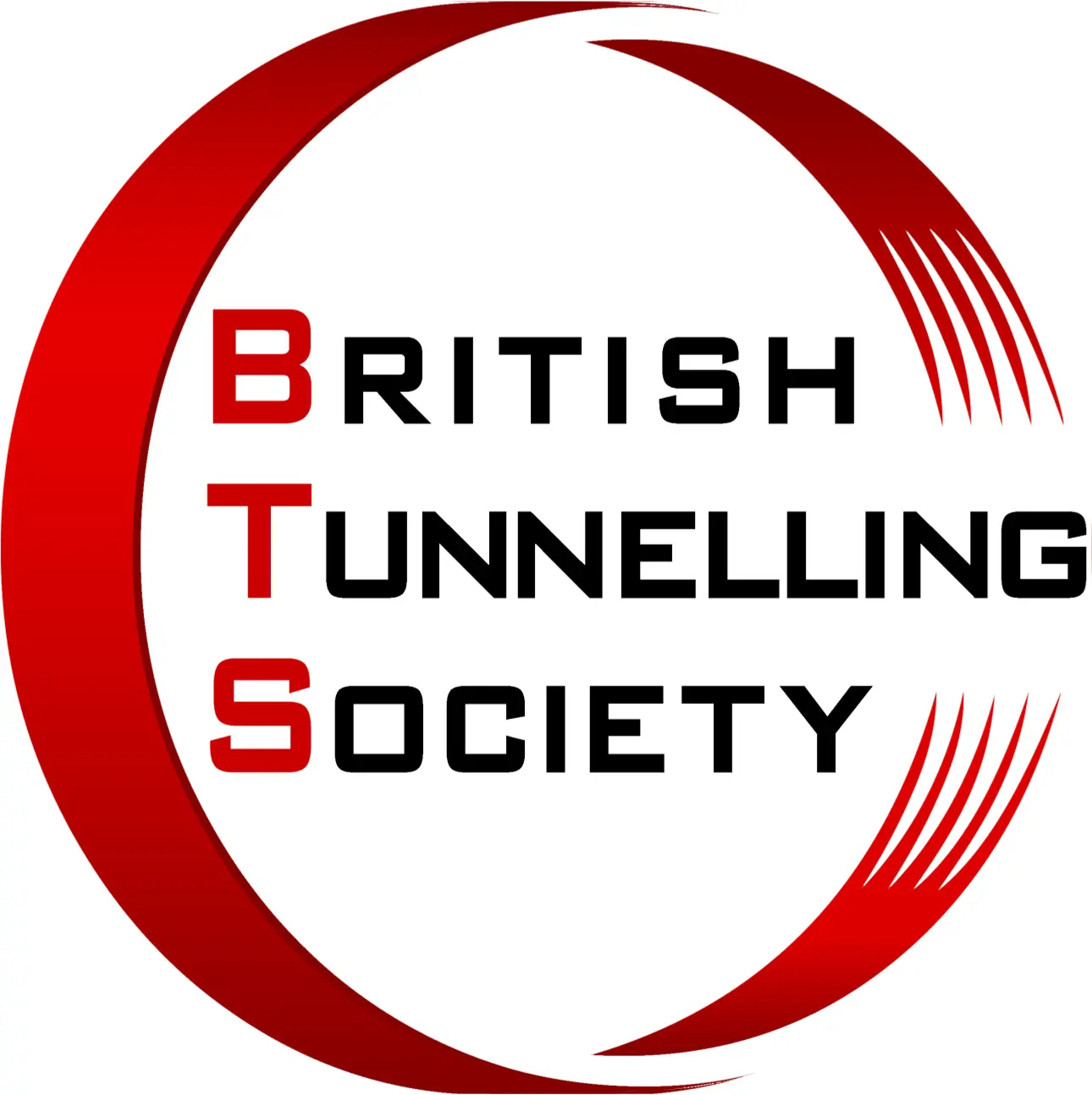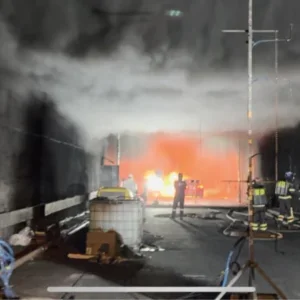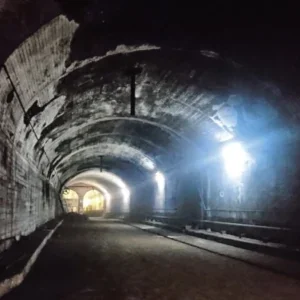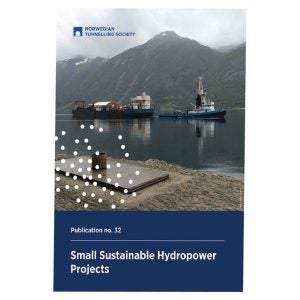Economic, safety and environmental considerations have combined to ensure that practitioners of drill+blast have had to keep up with technical demands to ensure that the method remains a valid choice for many types of underground excavation.
It was once widely assumed that, given the increasing capabilities of TBMs and roadheaders in both hard and mixed ground, there would be less call for drill+blast. Although this ‘conventional’ form of tunnelling has lost out in many areas of the world, particularly for long tunnels of uniform section, manufacturers and specialist consultants have been meeting technical challenges with notable success. These challenges include the maintenance of accurate profiles, improved safety in explosives use, especially in wet conditions, increased advance rates and application in difficult geology.
Two of the industry’s leading manufacturing groups, Atlas Copco and Sandvik Tamrock, have recently withdrawn from full face mechanised tunnelling except for shaft construction. Atlas Copco cited the cyclical nature of the civil engineering TBM market as a reason for divesting itself of Robbins. Both groups remain strong in underground blast-hole drilling. Sandvik still supplies TBM cutters, along with raise-bore and shaft-drilling heads, however, by virtue of its particular expertise in hard materials technology.
For long tunnels, drill+blast competes with fully mechanised methods, especially TBMs. Exceptions are where trading or political conditions make the large investment in TBMs unacceptable, or where TBMs have been shown to have particular difficulties in faulted, blocky or very mixed ground. The flexibility of drill+blast, even with large jumbos, usually lends itself to variable ground and dimensions.
The large capacity jumbos now available generally improve overall efficiency. Atlas Copco’s range covers tunnel sections up to 100m2; the H195 model uses three drifter booms and two access basket booms. Recent additions include the Rocket Boomer L2C and M2C, twin-boom jumbos designed for tunnelling and featuring a computerised control system based on a local area network throughout the rig. Sturdy construction links sensors to a central processor, allowing the driller to monitor performance data and any faults on a diagnostic system.
The planned drilling pattern is stored on a PCMCIA card that provides automatic collaring in a contour control system. Direct control versions of these two jumbos, the L2D and M2D are also available.
Sandvik Tamrock‘s most recent jumbo is a compact unit for narrow drift development. The Axera DO6 features Tamrock’s patented auto-balance system, which permits safe manoeuvring around corners while obviating the need for a counterweight. The twin-boom machine can cover sections of up to 6.8m width and 5.3m height with full auto-parallel operation. The body is only 1.7m wide and can turn corners in drifts of only 3.1m square section.
Drilling efficiency
The most important recent advances in blast-hole drilling have been in automation, including positioning, which have enabled more accurate removal of the ground at the lowest cost. It is, however, generally more difficult to maintain accuracy in drill+blast work than with TBMs or roadheaders. Drill+blast tunnelling in civil engineering applications tends to be a balancing act between accuracy and advance rate. Both can have a dramatic effect on project costs. Greater accuracy reduces costs in terms of lining, ground treatment or post-blast trimming but is likely to reduce advance rates, possibly increasing project costs.
Minimal overbreak and underbreak; quicker and more accurate alignment of boreholes according to pre-designed blast patterns; optimum charging of explosives; and multiple hole drilling at optimum rates for the ground conditions are all important factors in efficient blast-hole drilling. On-board computerised control systems now available for drill jumbos, plus established software for blast design, enable much better accuracy in blasting. Drilling accuracy problems still occur in ground with a composition that deflects the drill rods, necessitating experienced operation despite sophisticated controls. It follows that, in very variable ground, automatic position control systems may not be a great advantage, whereas automatic penetration control can avoid frequently stuck or broken drill rods.
Achieving advance
Advance is the other major factor in drilling efficiency, and modern hydraulic drills can achieve penetration rates which are around 50% better than earlier models. If ground stability permits, greater advance rates can be achieved with deeper rounds. However, some profile accuracy may have to be sacrificed since drill booms are less stable when fully extended and so are more difficult to keep on line, especially during the first part of each hole. The same applies in excavations of large section. Sometimes it is more efficient to excavate a large profile by means of a top heading with conventional drill+blast, leaving the bottom section to be removed by bench drilling and blasting.
Efficient tunnellers know the importance of bit and couplings condition in achieving good penetration. Improvements in materials, bit geometry and adequate maintenance have all aided penetration rates by matching the capabilities of modern drills. Secoroc recently introduced the R35 Magnum drifter rod to meet the demands put on drill strings by high impact, high-frequency drills. It is claimed to provide improved collaring and straighter holes as well as extending service life. These rods were used on the Laerdal Tunnel in Norway, claimed to the world’s longest road tunnel. On one of two tunnelling contracts, Eeg-Henriksen of the NCC Group employed two Andersen Mek Verksted jumbos with Montabert hydraulic drills and a computerised control and alignment system from Bever Control.
Bever Control offers a range of guidance and software package designed for accurate and efficient drill+blast tunnelling. The laser-based 3D Profiler provides the drill-rig operator with information on the profile, in 3D, during the normal course of work. Overbreak is calculated and underbreak warnings given. Scanning can be performed during drilling which, together with the reduced need for conventional surveying, greatly improves overall tunnelling efficiency. In addition to a full 3D scan, the system can provide single-point measurement by directing a laser beam to the required point.
Bever’s most advanced system gives full computer control of the jumbo, allowing one-man operation of a 3-boom jumbo. It is claimed that operators with little experience can quickly achieve good results, with drill pattern optimisation and greater efficiency. Drifter drill operation is optimised both during normal operation and when the drill string is jammed. Such systems are seen to be almost essential in modern face drilling, since drifters can achieve 2-3m/min penetration, leaving little time for accurate manual boom positioning.
Specialist Bever software includes the Tunnplan package for drill pattern design. A memory card for transfer to the jumbo’s on-board computer can carry up to 40 average size drill patterns. The Tunnlogg software basically reverses the process by storing data on how the blast holes have been drilled for transference to a memory card for processing in the office.
In intensive drilling operations, e.g. in long tunnels or large caverns, tool costs can be a significant part of excavation costs. It has been shown that modern drilling equipment, together with optimum maintenance, and replacement and installation of drill bits, etc. can reduce drilling costs by at least 21¼2 times.
The specialist knowledge and experience required for many aspects of drill+blast work have led to the success of several niche suppliers. One of these is Robit Rocktools, which only supplies button bits with its own methods of heat treatment for installing the tungsten carbide bits in the steel body of the bit. Robit’s specially developed machining centre can drill bit holes to an accuracy of 0.002mm for better button retention and stability.
Enlarging holes in difficult ground or for special charges requires a special reaming tool. The new Torquato reaming bit is of one-piece design but incorporates both a pilot and reaming cutter. The tool can be custom made to various sizes and with threaded connections from R32 to T51. Torquato’s hole opener is claimed to eliminate the need for costly tapered reaming ring bits. Other Torquato tools include shank adapters for Ingersoll Rand, Furukawa, Tamrock and Atlas Copco drills, and button bits with flat, concave or drop-centre faces. Bit sizes range from 45mm to 127mm.
Blasting
Blasting techniques as well as blast-hole accuracy affect the achievement of a smooth profile, minimising overbreak. In competent, largely self supporting ground, the use of frequently spaced peripheral holes with low-density explosives should provide a smooth contour which will require little additional grouting. A carefully timed blasting sequence using the final delay detonators to set off the peripheral blast holes will help to create a smooth profile. Orica maintains that highly accurate detonator delay times are the key to overbreak reduction by pre-splitting the blast rounds.
Orica Europe plans to form a JV with Dynamit Nobel Explosivstoff und Systemtechnik (DNES), subject to German government and EU approval. The companies will jointly develop and manufacture advanced electronic detonator systems in Germany. These feature detonators which can be individually programmed with a precise delay time, and are fully testable in the hole. The resultant blast mirrors the most exacting blast design specifications, says Orica.
Dynamit Nobel can provide up to 366 delays and 1200 detonators to be programmed and fired in one programmable interval starting from 1ms. The steel sleeved N2T Dynatronic is used for tunnel blasting, but excluding gaseous or coal-dust conditions. Orica Europe supplies the Exel LP non-electric detonators with normal delay times for tunnelling. Low-strength detonating cord or bunch connectors link these.
Orica also supplies the Powergel range of sensitised and energised packaged explosives which offer safe handling and superior fume characteristics for underground use. Orica claims for these include improved reliability with fewer misfires and better fragmentation. Better heave energy gives looser muck piles and better performance in lifter holes. Magnum 365 is the most likely choice for tunnelling work, and is available in various diameters.
There is increasing use of bulk explosives, most recently in the form of bulk emulsions. Ammonium Nitrate-Fuel Oil (ANFO) was first trialed for excavation use by a forerunner of ICI Canada in 1956. It can be mixed on site in large underground construction projects or delivered in bulk, reducing the amount of high security storage and special transport required. It can be used in bulk as tanked and pumped slurry for easy handling, so making intimate contact with the rock in the blast hole. Its relatively low cost makes it particularly attractive but it has a low water resistance and density, limiting its use underground. Special low concentration types or other emulsion explosives in closely spaced blast holes can be used to achieve an uneven profile with moderate fracturing in the surrounding ground. This is likely to necessitate some grouting for sealing and strengthening.
Despite improvements in slurry explosives, these have mainly given way to emulsion explosives for underground use. Emulsions produce less toxic after-blast fumes and offer less possibility of groundwater contamination. These high energy explosives are water-resistant and can be used to reduce the number of blast holes in bulk excavation and/or to improve fragmentation.
Conclusion
Despite major advances in mechanised rock cutting in hard and mixed strata, there is still an important place for drill+blast in underground excavation for civil projects. While manufacturers have greatly improved the efficiency of drilling equipment and blasting systems, the need for experienced operation and vigilance remains.
